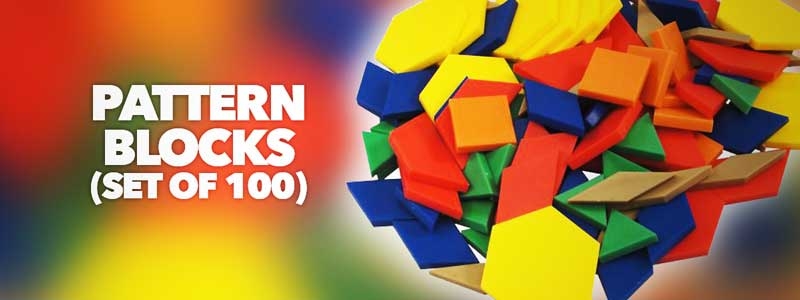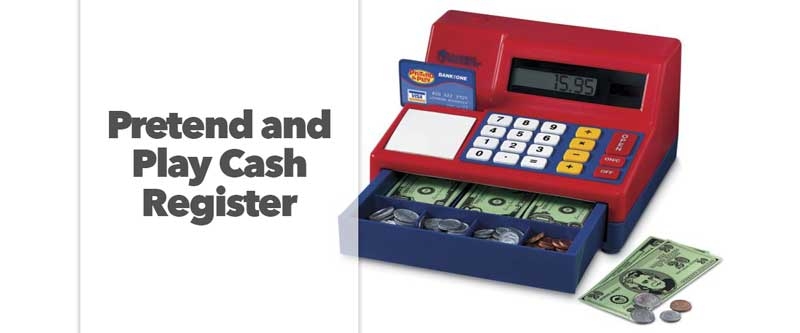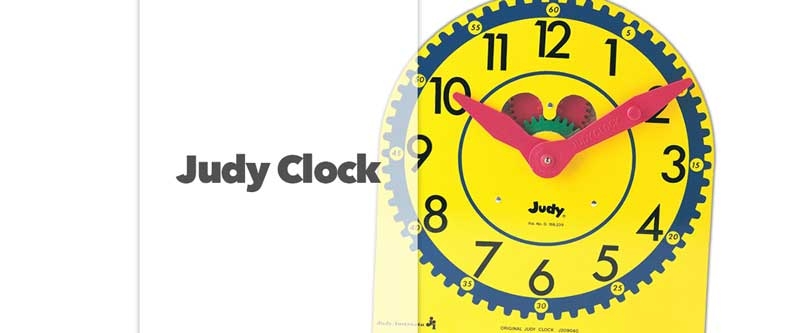 The Art of Problem Solving folks present: Beast Academy. Proving that any monster can do math, these comically monstrous beasts take you along with them as they face math challenges both inside and outside the Academy. Described as “rigorous, challenging, engaging, and fun” by the publisher, I would expect nothing less from a curriculum designed to ready your child for the demands of MATHCOUNTS and post-elementary AOPS curricula.
The Art of Problem Solving folks present: Beast Academy. Proving that any monster can do math, these comically monstrous beasts take you along with them as they face math challenges both inside and outside the Academy. Described as “rigorous, challenging, engaging, and fun” by the publisher, I would expect nothing less from a curriculum designed to ready your child for the demands of MATHCOUNTS and post-elementary AOPS curricula.
There are four parts for each grade level (though only grade 3 is currently available). Each part consists of two books: a Guide and a Practice book. Core instruction takes place in the Guide which is written in colorful, comic-book style and stars a cast of not-quite-cute monsters. Each book is divided topically into three chapters. Grade 3 chapters are: 3A – Shapes, Skip-Counting, Perimeter and Area; 3B – Multiplication, Perfect Squares, Distributive Property; 3C – Variables, Division, Measurement; 3D – Fractions, Estimation, Area. These chapters are further divided into sections (subtopics). For example, Chapter 1: Shapes contains sections labeled: Angles, Triangles, Quadrilaterals, and Polyominoes. Activity sheets, asides, notes, extensions, and games are often interspersed between the sections. Helpful, red rectangles at the end of some pages tell you when to break and do practice problems. Stop signs also appear in the corners of some panels. These contain questions for the student to answer before continuing to read. Guides are non-consumable. All written work is done in the corresponding Practice book which contains 300-400 practice problems and puzzles that reinforce the Guides’ instruction. Practice chapters each begin with a recommended sequence (like a lesson plan) correlating the reading (Guide) to practice pages. Problem sets generally begin with a recap of the concepts covered and a model problem with solution. Some problems have a pencil icon next to them signaling the student to write an explanation in addition to their answer. “Very challenging” problems are starred. Doubly-starred problems are, well, beastly. For students requiring a little help with these, each has a hint to get them started. These are found in a separate section in the back of the book so students won’t be tempted to use them unless necessary. Complete solutions to all problems in the book are also included. All pages in the Practice book are perforated, so you can optionally tear out either problem sets or solution keys if you desire.
So how does this program compare to other math curriculums? With only one level to compare, it’s hard to say. Compared to Saxon Grade 3, they cover basically the same topics, though each covers a few that the other doesn’t. Saxon follows a spiral approach and integrates review whereas this program is very topical and by the strand with neither tests nor chapter reviews. Saxon is a traditional math course whereas Beast Academy is not. It is innately more conceptual and interactive because of its unique lesson format. While Saxon is intended to be teacher-led, Beast Academy is written to the student. While manipulatives are an integral part of Saxon instruction, they would only be used here by choice as student problem-solving aids (though the characters use “real” objects in the context of the lessons). Students are encouraged to think and problem solve to a greater degree as you might expect in a curriculum from this publisher. There is no shortage of practice problems, a shortcoming often found in less traditional programs. The math-oriented student would get the most mileage (and challenge) out of this program. It is probably NOT for the student that needs a lot of hand-holding. That said, my child that most disliked math would have loved this program because of its highly-visual format and contextual presentation of concepts.
Beast Academy has its own support website (www.beastacademy.com) which contains free pre-assessments (with solutions), selected printable practice pages, coloring pages, and errata. According to this site, grade four will be released in 2013/2014 followed by grade 5, then grade 2. When your little beast is finished with grade 5, he or she can move on to AOPS (or any other demanding) middle-school math program.
— Linda





